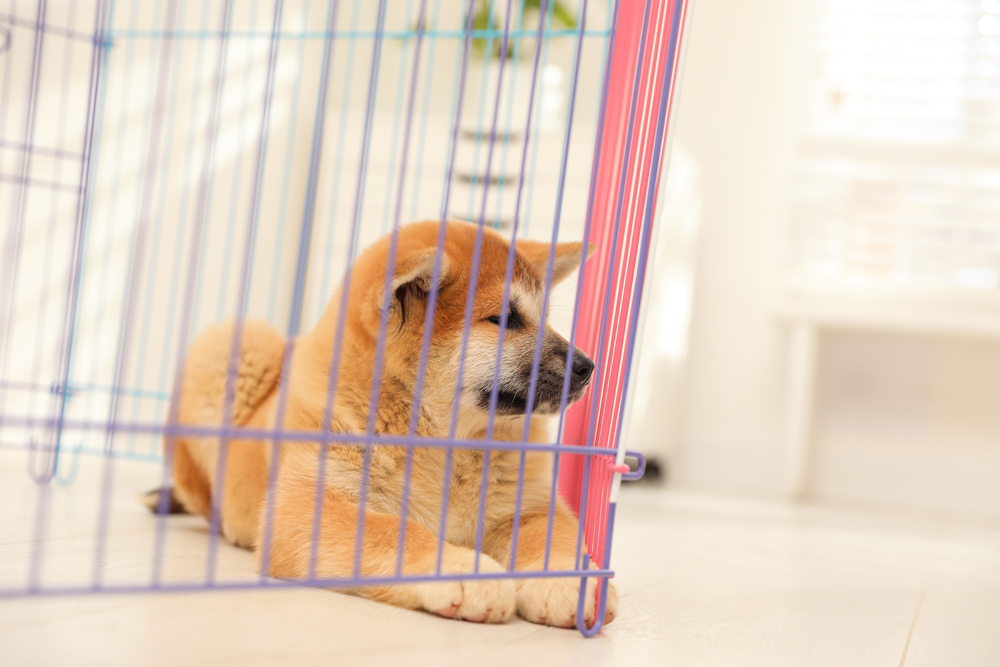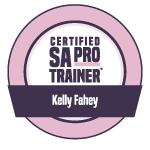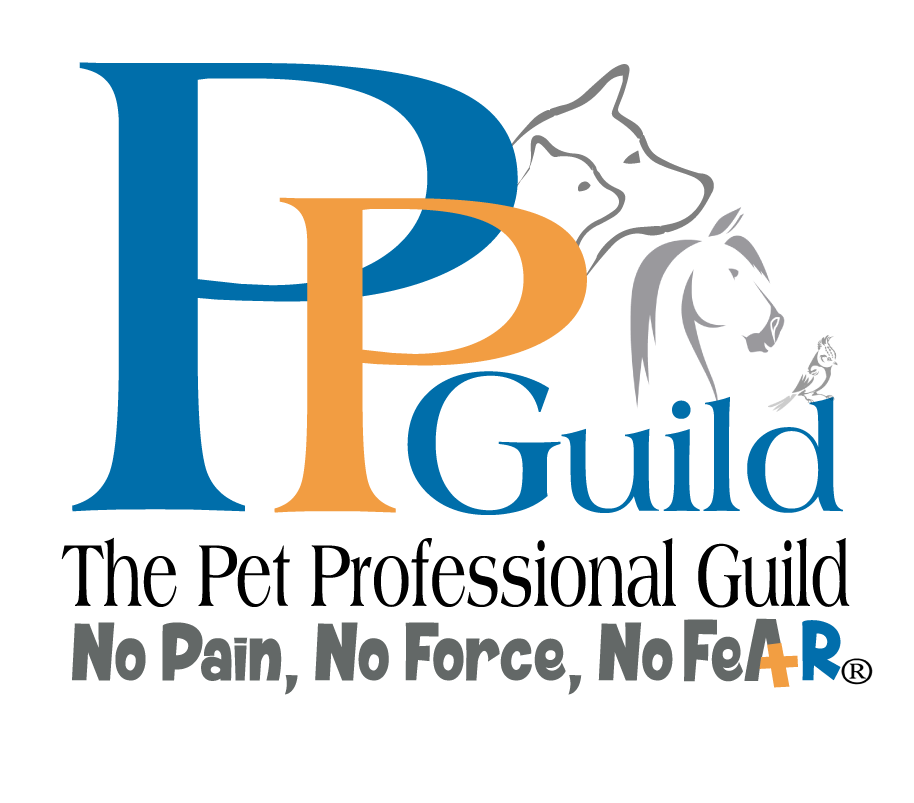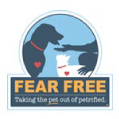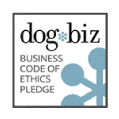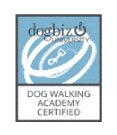A new puppy is a joyous addition to any family. They bring laughter and happiness and fill a home with love. But along with all that joy comes a lot of responsibility. One of the most important things you will need to know as a new puppy parent is how to prevent separation anxiety.
Dogs are social animals. Through selection and breeding we’ve created companion animals- “man’s best friend”, so to speak. So, it isn’t natural for your puppy to know how to be alone. If you leave your puppy alone for too long, they may start to experience separation anxiety. Separation anxiety can manifest in many ways, including barking, howling, pacing, destructiveness, and going to the bathroom inside the house.
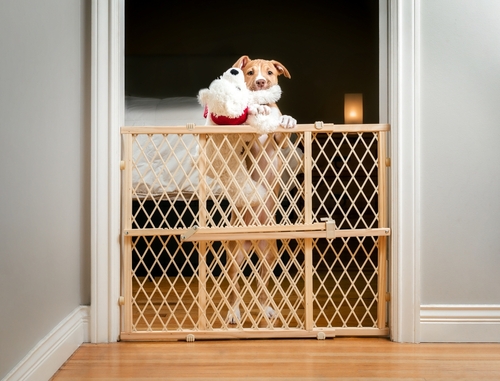 There are three different ways your puppy needs to learn how be alone:
There are three different ways your puppy needs to learn how be alone:
- When you are home, and your puppy is separated in another room
- When your puppy is in the same room with you, but is separated by an expen or crate
- When you leave the house, and your puppy is home alone
Separation anxiety is a true panic disorder. Fortunately, there are some things you can do to prevent separation anxiety in your new puppy. As a certified separation anxiety specialist, I want to share some of my tips with you.
Gradually Increase Time Apart
Start by leaving your puppy alone for just a few minutes at a time. Then gradually increase the amount of time you are gone until they are comfortable being alone for several hours. This will help them get used to being away from you and help prevent separation anxiety from developing.
If you leave your puppy alone for longer than she can handle, several problems can occur. For starters, your puppy may start to experience separation anxiety. This can manifest itself in several ways, such as chewing on things, barking excessively, or having accidents indoors even though they’re potty-trained. Additionally, your puppy may become anxious and stressed, which can lead to health problems later on in life.
You might find that your puppy struggles more with learning to be alone when she knows you are home vs. when you leave the house. Each puppy is different, and you need to go at your puppy’s pace. That means you might need to start leaving your puppy alone for just a few seconds at a time, gradually work up to minutes, and eventually several hours.
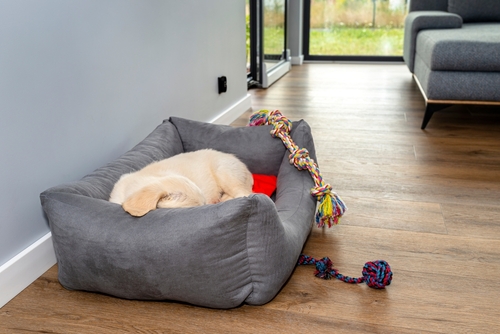 Pushing your puppy faster than she is ready won’t help her learn to be alone. It’s important to work at your puppy’s pace and not your own timeline. It’s human nature for us to want to get to the end goal, faster, but forcing your puppy to be alone longer than she is ready or by “making her cry it out”, you could inadvertently create the behavior you are looking to prevent.
Pushing your puppy faster than she is ready won’t help her learn to be alone. It’s important to work at your puppy’s pace and not your own timeline. It’s human nature for us to want to get to the end goal, faster, but forcing your puppy to be alone longer than she is ready or by “making her cry it out”, you could inadvertently create the behavior you are looking to prevent.
The saying, “slow and steady wins the race” has never been truer than with teaching puppies to learn to feel safe and secure about being alone.
Important Steps on How to Prevent Separation Anxiety
- Keep departures low key and quiet
- Keep arrivals calm and uneventful
- Set up a camera so you can monitor how your puppy is doing
- Return to your puppy before she becomes stressed by your absence
- Never sneak away while your puppy is sleeping to try to trick them
One of the best ways to prevent separation anxiety is through positive reinforcement. Every time you leave the house, give your puppy a yummy, long-lasting treat such as a stuffed and frozen KONG, a marrow bone, a bully stick, or a No Hide to keep them occupied. This will help them associate you leaving with something positive instead of something scary- My family leaving = good stuff.
By following these simple tips, you can help prevent separation anxiety in your new puppy and ensure that they grow up to be happy and well-adjusted dogs who can relax and enjoy spending time alone.
Separation anxiety can be a common problem among puppies—but it doesn’t have to be! By using positive reinforcement techniques, you can help your pup learn to feel comfortable when they’re alone. Dogs are social animals by nature, so it’s important to remember that it isn’t natural for them to know how to be alone. If you leave your puppy alone for too long, they may start exhibiting signs of separation anxiety, such as chewing on things, pacing, barking, or having accidents indoors. Additionally, their anxiety may lead to health problems down the road. The best way to prevent all of this is by teaching your puppy that being left alone can be a positive experience. With a little bit of patience and consistency on your part, your pup will learn that there’s nothing to fear when they’re by themselves—and you’ll have peace of mind knowing your puppy is happy and content while you are gone, and your home (and belongings!) are safe from destruction while you’re away.
Trainer note: NEVER scold or punish your puppy for displaying symptoms of separation anxiety. She is not doing these behaviors to be spiteful or because she is mad. Vocalizing, soiling, breaking out of her crate, destroying things are symptoms of her stress. Punishing a puppy for being afraid can make her fear of being alone worse.
Need help navigating puppyhood? Book your free Discovery Session to find out how we can help you achieve your goals. Yes, I could use help.

